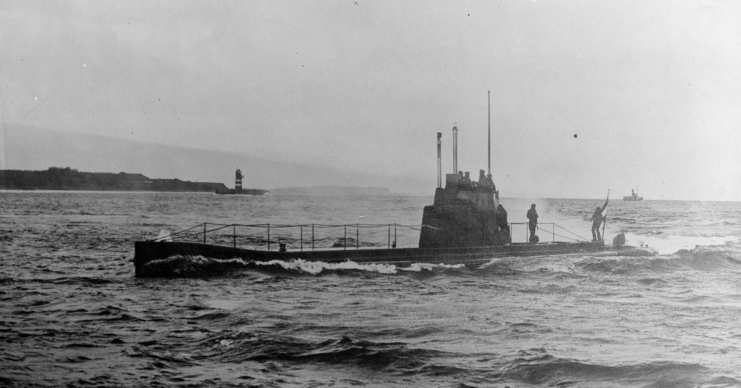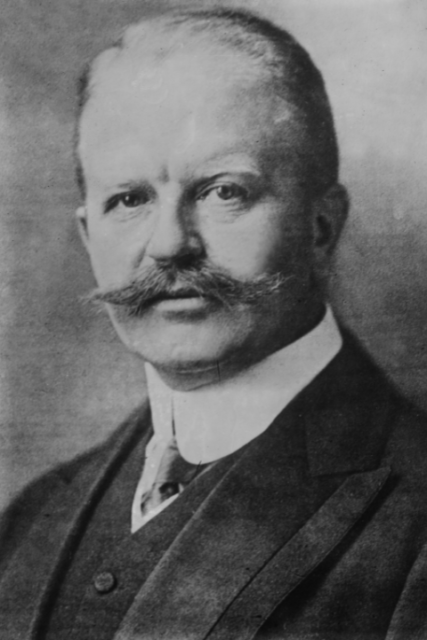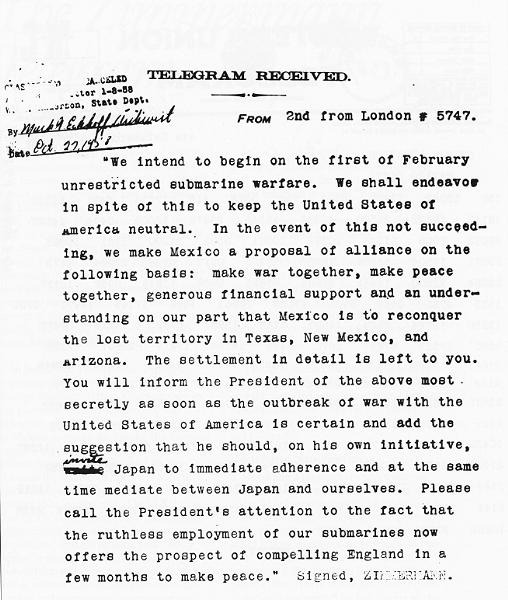I am still on vacation and am still using my baby laptop, internet is spotty and using this laptop is problematic until my new laptop gets here so my posting will be spotty.
I remember reading about the "Sharps" rifles as a kid but never really "Saw" one until I was living in the barracks in Germany and we were buying Westerns on VHS, I had bought a bunch of John Wayne Movies that way. Something about the Duke, I also had my old VHS machine that could bootleg any VHS tape in existence, it was an old JCPenny machine that was made before they put the chip in that scrambled the tape when you would try to record a store bought tape, y'all older people know what I am talking about. Well Anyway I saw this new movie for "Quigley Down Under" with Tom Selleck and I knew him as the "Magnum P.I." guy and he was branching out into movies. Well I "rented" the movie with the intent of "burning me a copy"...hey hate all you want, the hate keeps me warm....I laugh at the warnings at the beginnings of the Movies ...HAH, Well anyway, the old machine finally died several years later and I wound up pitching the VHS tapes because I could buy the DVD's soo much cheaper and far less space and with better picture quality.
Well this was the first time I actually saw a "Sharps" rifle being used and I was impressed, and it tied in with what I remembered from my reading all the Buffalo Bill" and the other Hunters of the Buffalo's of my youth. Plus there was this line..
I shamelessly clipped this off "American Rifleman".
By Rick Hacker
It was an internationally renowned rifle whose inventor never got rich. And although it was publicly praised by respected frontiersmen such as John C. Fremont, Buffalo Bill Cody and Theodore Roosevelt, the company went bankrupt just as the American West was booming. Yet, the Sharps rifle amassed so much glory in its 32 years of existence that its legacy has continued into the 21st century.
The history of the single-shot that tamed the West began on September 12, 1848, when Christian Sharps patented a unique breech-loading rifle that utilized a lever-operated sliding breechblock. Pressure from the ignited powder charge helped seal the chamber, making the gun safer, more powerful and more accurate than previous breech-loading designs.

This was still the era of the muzzleloader and the Sharps breechloader had an enticing military appeal, as soldiers could reload without having to stand and expose themselves to enemy fire. Unfortunately for the young inventor, the U.S. was at peace in 1848 and there was little interest in his new breechloader. A subsequent lack of funding forced Sharps to sub-contract the manufacture of his rifle; the first 700 guns weren’t even stamped with his name.
Things began looking up when Robbins & Lawrence agreed to manufacture Sharps’ Improved Model of 1851. A factory was built in Hartford, Conn., and the Sharps Rifle Manufacturing Company was born. But personality clashes soon caused Christian Sharps to leave the firm, although he continued to receive royalties on every rifle sold. It was Richard S. Lawrence, chief armorer of the company, who kept the rifle alive, improving on the original patent.
Subsequent models, including the slant-breech Model of 1852, the extremely rare Model 1855 (of which only 800 were produced), and the more efficient vertical breechblock of the New Model 1859, eventually brought the Sharps rifle to the attention of the U.S. government. By using pre-rolled paper “cartridges,” a breech-loading Sharps could be fired five times faster than the standard-issue Springfield rifle-musket. The carbine was especially favored by mounted dragoons.

The War Between The States brought orders and much-needed Yankee dollars into the fledgling Sharps company. The rifles’ reputation became so great that Colonel Berdan’s 2nd Regiment of Sharpshooters threatened mutiny when it was shipped 2,000 Colt’s revolving rifles instead of the Sharps rifles it had been promised. They got their Sharps. By the end of hostilities in 1865, a total of 80,512 carbines and 9,141 full-stocked military rifles had been shipped to Union troops, with the Model of 1863 being the last percussion Sharps made. Interestingly, after the war, approximately 5,000 additional carbines were produced with 1865 stampings. However, aside from the barrel stampings, these guns are virtually identical to the Model 1863.
In 1874—shortly after the deaths of Richard Lawrence and Christian Sharps—the company decided to close up shop, right on the eve of America’s great western expansion! Fortunately, a group of investors reorganized the firm as the Sharps Rifle Company. Their new venture was launched with the Model 1874, a cartridge rifle they stamped “Old Reliable.” A variety of options were offered for both target and sporting versions, including special sights, extra-length barrels and engraving. The Sharps was truly a custom rifle, a labor-intensive dedication to perfection. While Winchester’s breech-loading repeaters were selling for as little as $10, a single-shot Sharps listed for $33. Firepower and price tags aside, savvy frontiersmen opted for the more expensive Sharps, because it could do something the weaker toggle-linked Winchester 73s and 76s could not: The Sharps could fire hefty, bone-crushing bullets capable of taking down any animal on the North American continent. With specialized cartridges such as the .44-77 bottleneck, .45-100 and .50-100, the 1874 Sharps became the big-game rifle.

But it was in the hands of buffalo hunters that Sharps validated its Old Reliable moniker. From 1871 until 1883, an estimated 20,000 “buffalo runners” scoured the Great Plains. In order to harvest the huge, tenacious bison, a hard-hitting, long-range rifle was needed. As a result, the majority of market hunters carried one or more Sharps rifles, switching guns when the barrels became too hot after firing volley after volley at ranges often exceeding 400 yds.
A notable chapter in Sharps history occurred in 1874, during the Battle of Adobe Walls. A war party of more than 700 Kiowa and Comanche Indians had 28 buffalo hunters pinned down. Seeing one of the chieftains on a distant rise, a young hunter named Billy Dixon borrowed a “Big .50” Sharps, took aim, and toppled the warrior from his horse.

Unnerved by the rifle’s far-reaching accuracy, the Indians hastily departed. Later, an Army surveyor officially recorded the distance at 1,538 yds. (seven-eigths of a mile). Years afterward, Dixon admitted it was a lucky shot, but that didn’t matter; the Sharps’ long-range reputation had achieved legendary status.
The Sharps excelled on target ranges as well. During one memorable match at Creedmore in 1877, British marksmen were soundly defeated by Americans shooting long-range Sharps and Remington Rolling Block rifles. Later, an incredulous member of the British team visited the Sharps factory, where he shot 16 consecutive bullseyes at 1,000 yds., using an 1877 Long Range Express Rifle. Thus, another convert was made. In spite of its success, economic woes plagued the Sharps Rifle Company. The guns were expensive and time-consuming to produce, and the company was finally forced to cease operations when a large British order was canceled. The last rifle was shipped in 1881. And yet, the gun had become immortal; it could not die.

Today, not only are originals highly collectable, but replicas are eagerly sought by reenactors, competition shooters and hunters. They are popular for the same reasons now as the originals were back in the 19th century: reliability, ease of cleaning and accuracy. Of course, today we have the added aura of nostalgia. But unlike the originals, not all replicas are created equal. There are two distinct categories of modern-day Sharps: custom guns manufactured in America, and mass-produced replicas made in Italy.
The custom market is dominated by Shiloh Rifle Manufacturing Company and C. Sharps Arms, both within shouting distance of each other in Big Timber, Mont. The rifles of these two companies are so close to the originals that parts will interchange, and they are hand assembled with the same care and precision as the old Sharps. Neither company makes the pre-cartridge 1863 any longer, but just as in 1874, both Shiloh and C. Sharps Arms offer a wide variety of options, including round, octagonal and half-round barrels of various lengths, Hartford pewter or Bridgeport schnabel fore-ends, single or double-set triggers, crescent or military buttplates, special sights, fancy walnut stocks, and engraving. In short, if you’re willing to wait and you have the budget, you can get the Sharps of your dreams.

So what differentiates Shiloh from C. Sharps? Actually, very little, in appearance and shootability. In fact, at one time Shiloh was actually C. Sharps Arms, but like the original company, a personality dispute split the firm into two entities. However, Shiloh only makes the 1874 Sharps, while C. Sharps Arms offers the 1874 as well as the 1877 and the never-originally-produced 1875 models. Shiloh’s receivers are investment cast in their factory, where they also make their own button-rifled and burnished barrels; C. Sharps receivers are machined in-house from solid stock and fitted with cut-rifled Badger barrels. Both firms specialize in traditional Sharps calibers as well as the .38-55 and .40-65 Win. Perhaps the biggest difference between the two firms is the two-and-a-half year wait for Shiloh rifles whereas C. Sharps Arms can ship guns within two to eight months. They also stock some completed models for immediate delivery.
The Italian replicas are notably less expensive and offer a wider variation of models. For blackpowder shooters there is the .54-cal. 1859 and 1863 carbine, rifle and military muskets, as well as numerous versions of the Model 1874, including the Hawken-stocked Gemmer and a Schuetzen target model. Calibers range from .40-65 to .45-120, with a .45-110 scheduled later this year. Note: If you want a Sharps “Big .50,” you’ll have to go to a custom gun.

Virtually every replica is made by either Davide Pedersoli or Armi Sport. Importers include Taylors & Co., Navy Arms, Cabela’s and Cimarron Arms; some of the largest selections are available from Flintlocks, Etc. and Dixie Gun Works. The Pedersoli guns are slightly more expensive, and its well-grained stocks have a satin polish. Armi Sport uses an oiled, matte finish for its wood and its receivers are very close to the originals in dimension. However, the one common failing of nearly every replica is the slight “perch belly bulge” of the fore-end. Why these fore-ends can’t be profiled like the originals is beyond me.
Cimarron Arms actually fills a gap between custom rifles and mass-produced replicas, as special after-market finishing and customized engraving are offered. In addition, Cimarron was responsible for the Italian-made copy of the famous Quigley Model. The original Quigley was made by Shiloh for the 1990 Tom Selleck movie, “Quigley Down Under.” However, it was Mike Harvey of Cimarron Arms who talked Pierangelo Pedersoli into producing a more affordable replica. Today, it is catalogued by practically every importer and has become one of the most popular of all Sharps replicas. It should be noted that the Quigley Sharps is simply an 1874 Hartford-stocked No. 3 Sporting Rifle with an 1863 patchbox. Unlike many of the Italian replicas, Shiloh’s original movie version had no provision for a saddle ring. Interestingly, my Dixie Quigley has a saddle bar but no ring. Some importers outfit this 13-lb. rifle with a vernier tang sight, enabling it to live up to its motion picture reputation as a long-range bucket buster.

In reality, every Italian Sharps is capable of better accuracy than its factory sights permit. Personally, I don’t know how anyone can shoot a respectable group with the clunky open sights that come on most of these otherwise excellent rifles. The first thing I did on my Dixie No. 3 Sporter was to equip it with the more practical flip-up buckhorn sight from C. Sharps Arms (a similar sight is available from Dixie). And when I took my Pedersoli Quigley .45-70 Govt. out to the range the second time, it was wearing a Long Range Creedmore tang sight and Spirit-Level Front Globe Sight from Cabela’s. My 100-yd. group from the previous week immediately shrank from 4 “ to a less-embarrassing 3/4” using factory ammo. Speaking of sights, the widest selection of accessories are stocked by Cabela’s and Dixie Gun Works. Be sure to check out the cross sticks for long-range shooting and Dixie’s numerous Sharps bullet molds.
All of which brings us to the actual performance of these guns in the field. Without bragging, I can honestly state I own twice as many Sharps rifles as John C. Fremont (he had two). Although I had hunted with an old .50-70 carbine back in my growing-up days in Arizona, finger-pressing a .490 round ball into a brass case filled with FFG blackpowder never quite brought out the full potential of the gun. Years later I bought a C. Sharps Arms 1863 Gemmer (no longer made). Although the .54 military action holds 60-grs. of blackpowder, I had the factory ream the chamber to accommodate 90 grs. This proved to be better suited for big game, as the elk over my fireplace mantle can attest. Rather than load loose powder in the field, I rolled 90-gr. tubes out of potassium-soaked paper wrapped around a wooden dowel. I sealed one end, removed the dowel, filled the tube with FFG blackpowder, and then folded over and glued the other end. I inserted these powder-filled paper “cartridges” into the chamber after I had seated it with a greased conical bullet. You can do the same thing today with Dixie’s Combustible Cartridge Kit. Closing the breech cuts off the end of the “cartridge,” exposing the powder to the flash from the musket cap.

In the early 1980s I decided to “go modern,” and I acquired an 1874 C. Sharps Arms No. 1 Deluxe Sporter, with double-set triggers, premium wood and chambered in .45-70. I hunted a variety of big game with this rifle throughout the American West and Africa. Most of my shots were taken at 100 yds. or less, but the more I hunted with that Sharps, the more intrigued I became with its long-range reputation. After reading about Theodore Roosevelt’s exploits with a No. 3 Sporter chambered for the .40-90 bottleneck cartridge, I ordered a similar 12-lb. rifle.
The original .40-90 packed 100 grs. of FFG, which produced 2,097 ft.-lbs. of muzzle energy. With the advent of smokeless powder, duplex loads became popular, as the smokeless powder burned the blackpowder fouling that clogged the shallow Sharps rifling. Consequently, I settled on a duplex load of eight grs. of MP 5744 beneath 85 grs. of FFG and a paper-patched 385-gr. soft lead bullet. Taking a tip from the old-timers, the paper patching reduced leading and, in conjunction with the duplex loads, improved accuracy. This gave me 2,130 ft.-lbs. of energy and sent the bullets out at 1575 f.p.s.
It was with this combination of cartridge and rifle that I have been able to verify some of the “tall tales” of the old-timers. For example, it is possible to kill a 2,000-lb. buffalo with a single shot from a Sharps. I have done it, stalking a free-roaming Montana herd and firing at the lead bull at a range of 125 yds. On another occasion, using my tang sight and firing offhand, I dropped an antelope at 285 yds. I would never put this in print if I hadn’t had a witness; John Schoffstall, owner of C. Sharps Arms, was with me and saw the shot. We both were equally amazed—I now know how Billy Dixon felt.
Yes, the Sharps lives up to its reputation. But as with anything, you get what you pay for. So study the catalogs, examine the guns if possible, compare prices, and decide whether you want a rugged hunting rifle, a tack-driver, or a collectable heirloom. But whether you end up taking your Sharps to the target range or the open range, you’ll soon realize why they called it “Old Reliable.”



















